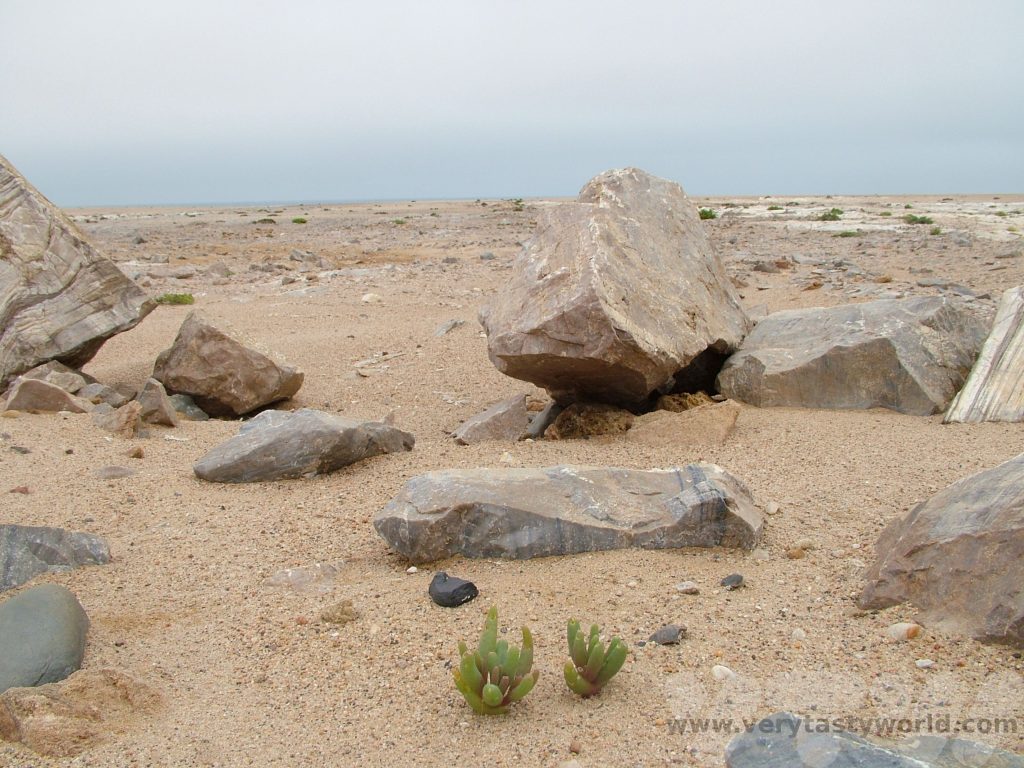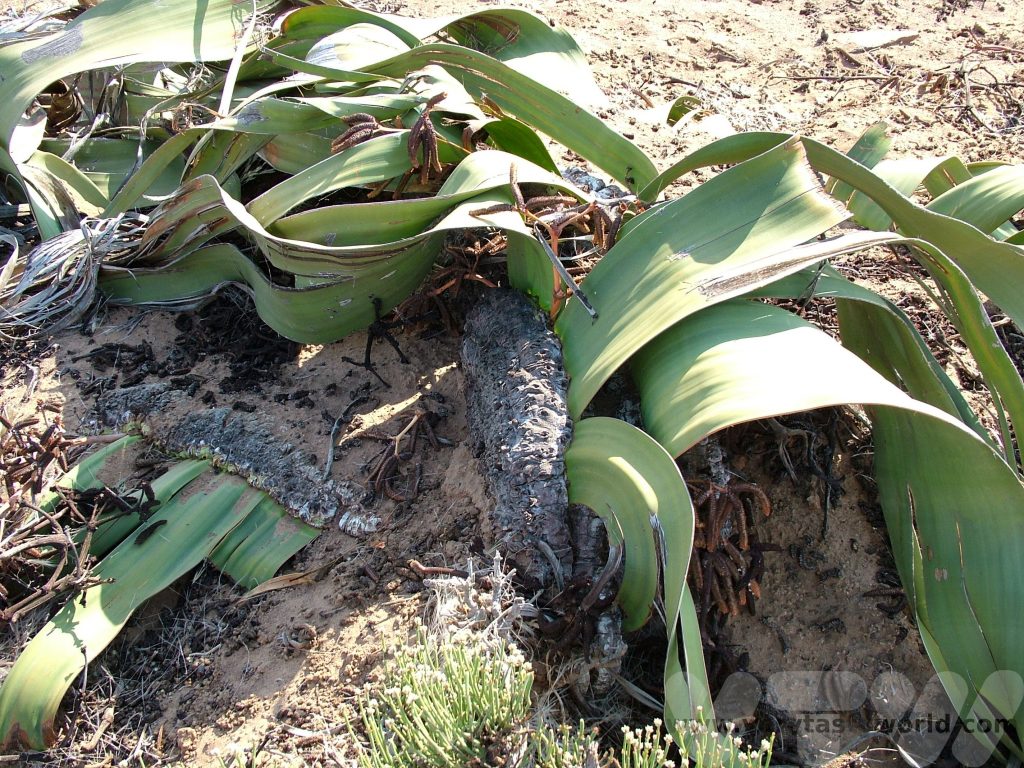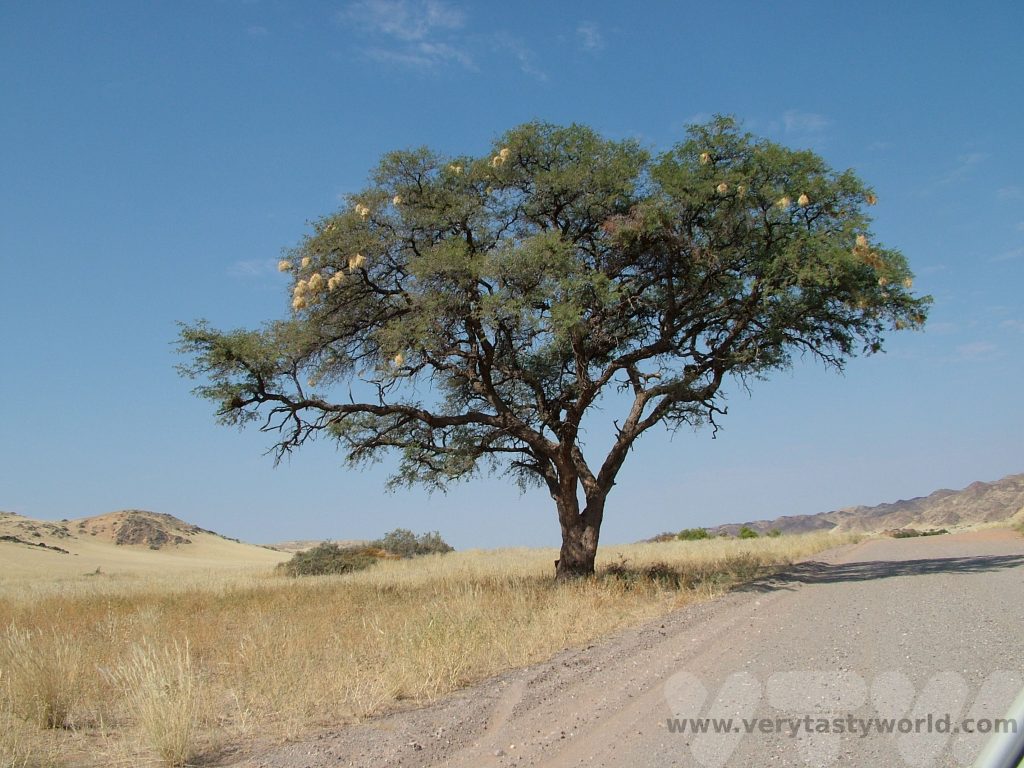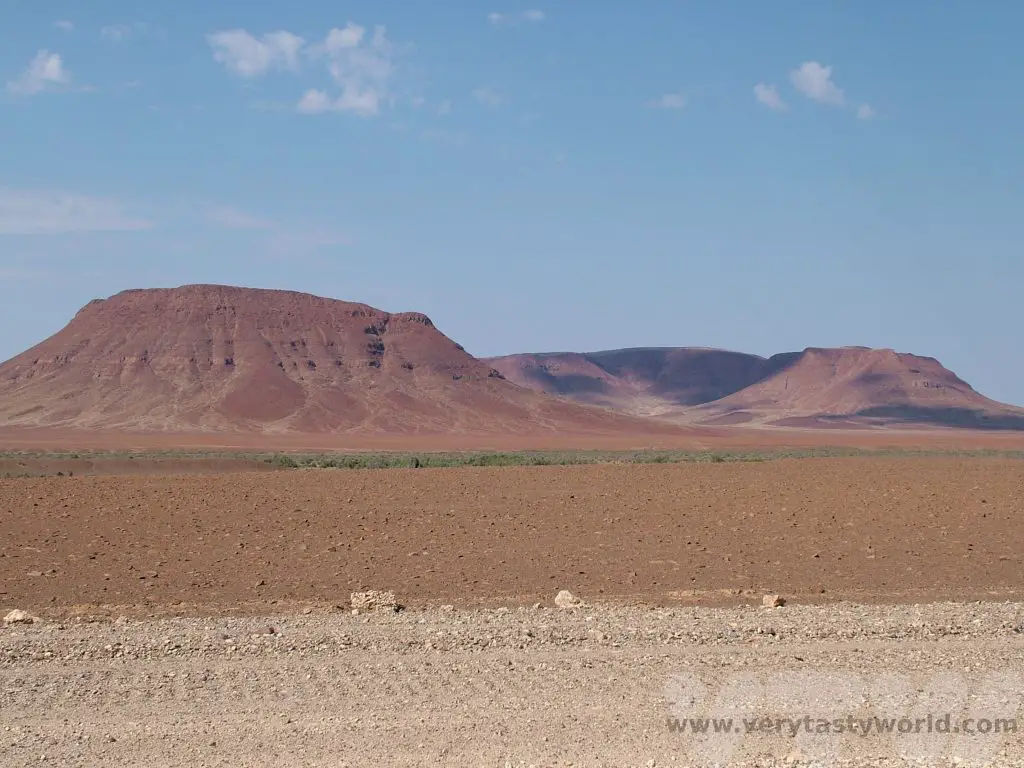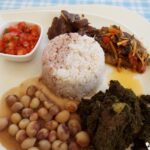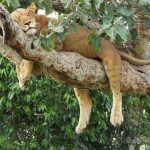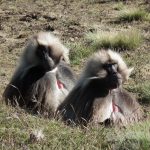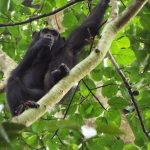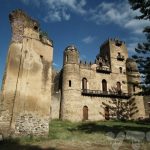The Lalibela Ethiopia Churches
Hewn From the Living Rock
When planning our visit to Ethiopia it was Lalibela’s rock churches that were top of the ‘must-see’ list. Lalibela is located in northern Ethiopia and you can fly direct from Addis Ababa, although we had spent some time exploring Gondar and the wonderful Simien mountains beforehand, so flew in from Gondar.
The town is named after the late-12th and early-13th century King Gebre Mesqel Lalibela of the Zagwe Dynasty, who was highly revered and was reputed to have commissioned the construction of the churches, but it is more likely that they were built over several centuries. Although the devout claim that holy angels played a part as well.
The churches, which were designated a UNESCO world heritage site in 1978, date from the 7th to the 13th centuries. They are remarkable because rather than being constructed from the ground up, they have been hewn from within the rock, using basic tools such as chisels and hammers, and were built from the top down and then carved from within. There are three main groups: northern, eastern and western. It will take more than a day to explore them thoroughly so make sure you factor in enough time.
You need to purchase a ticket at the main office – this is valid for five days. It’s not cheap but is definitely worth the price. You need to make sure that you keep your ticket as you may need to produce it when you enter each church. It’s generally okay to take photos (keep an eye out for signs indicating if photography is prohibited) but if you are taking photos of someone (and we found that many of the priests encouraged us to do so) it is polite to tip them.
We also recommend getting a guide as they will be able to tell you the history of each of the churches as well as point out some of the more interesting features. The churches are open from 8am-5.30pm, but are closed for two hours at lunchtime, around midday.
These are very much living churches, highly revered by Ethiopian Orthodox Christians, and a place for pilgrims to visit. We were welcome to join the services.
We explored each cluster of churches in turn. The churches within each group are linked by subterranean passages.
The Northern Group Of The Lalibela Ethiopia Churches
Biete Medhane Alem, believed to be the largest monolithic church in the world, at approx 33 metres long, 23 metres wide, and 10 metres deep, is home to the Lalibela Cross. It has five aisles and its name means ‘Saviour of the World’.
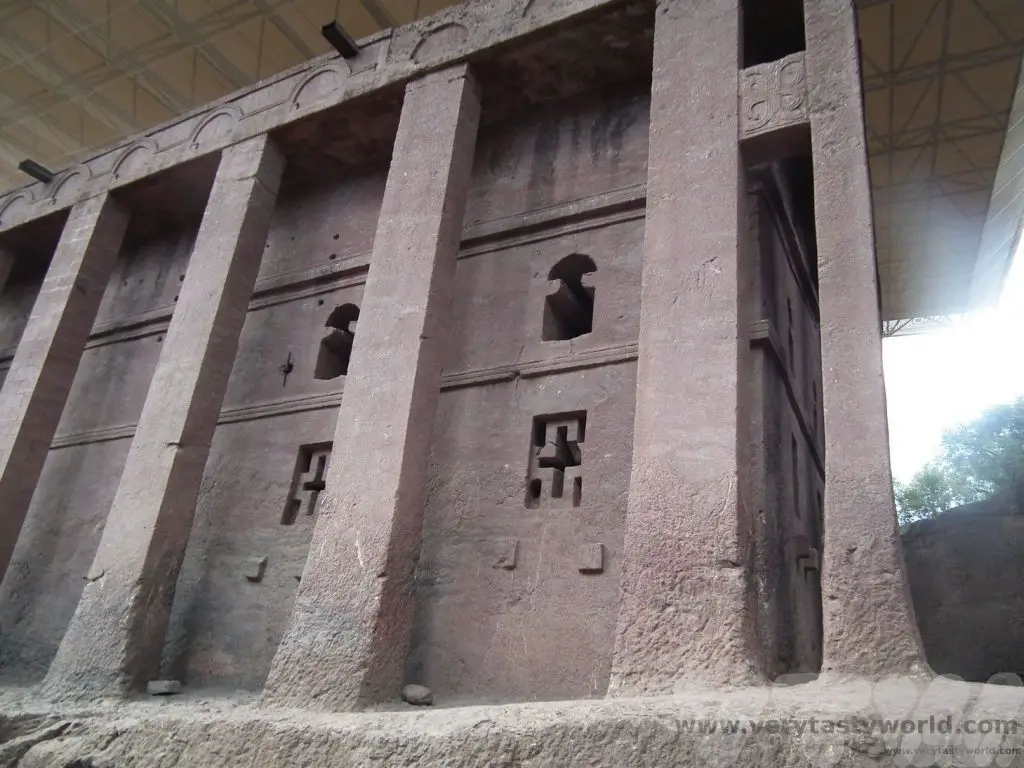
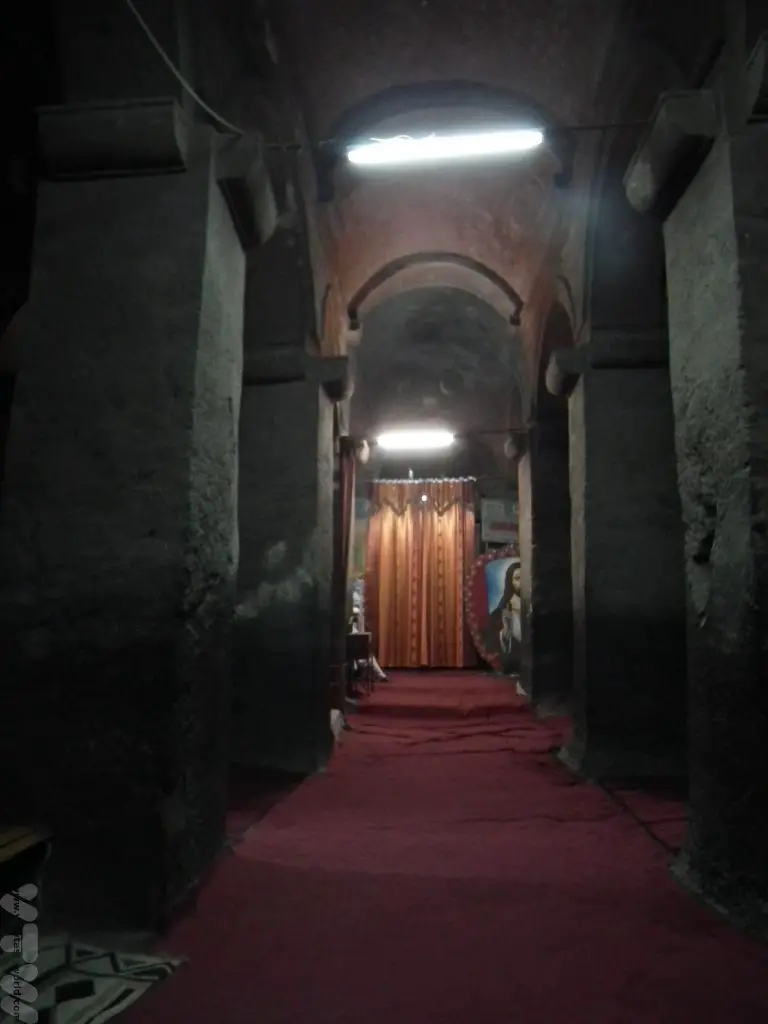
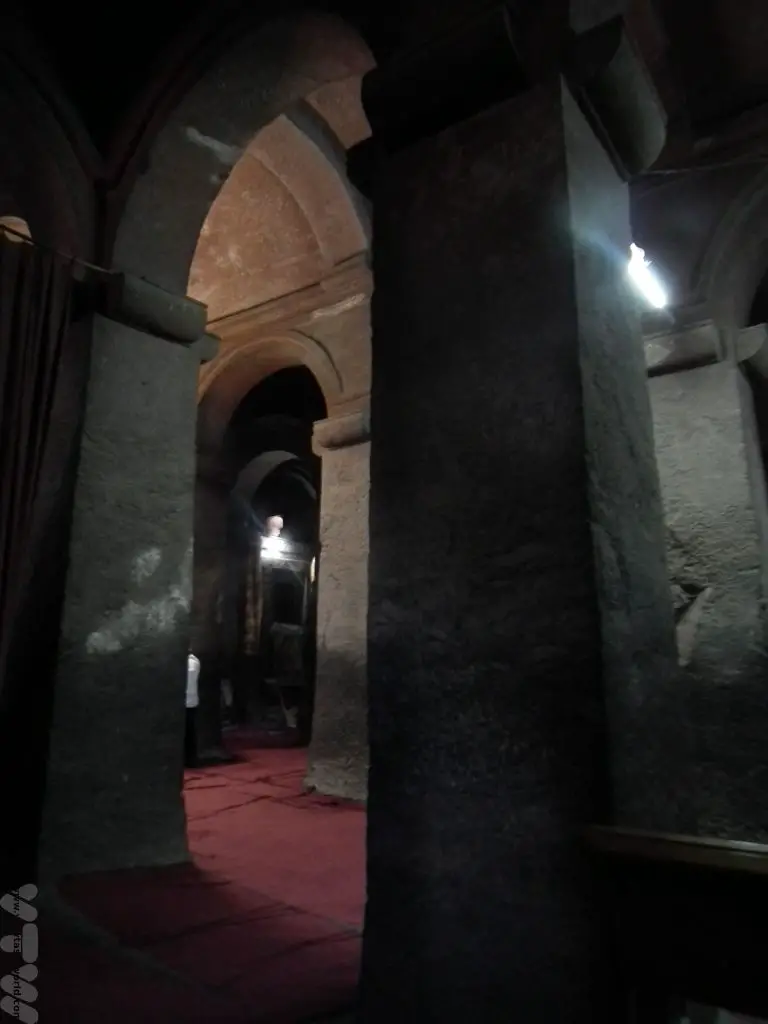
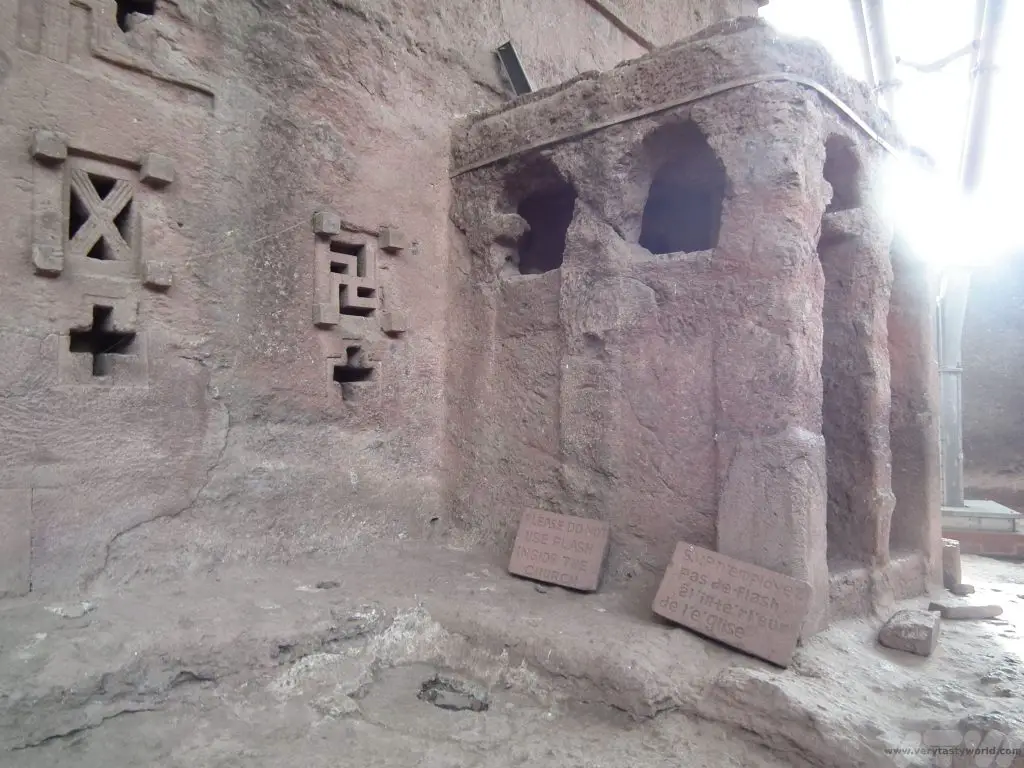
Biete Maryam may be the oldest of the churches, named for Mary.
It has an incredibly deep pool outside which is believed to grant fertility to any woman who bathes in it.
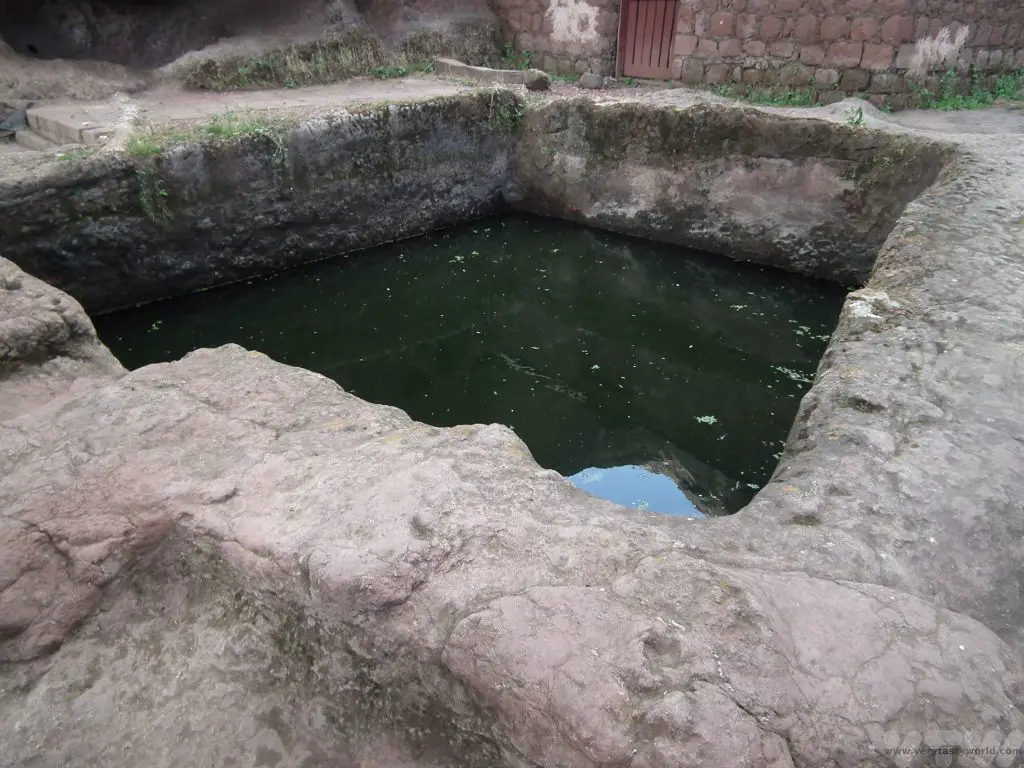
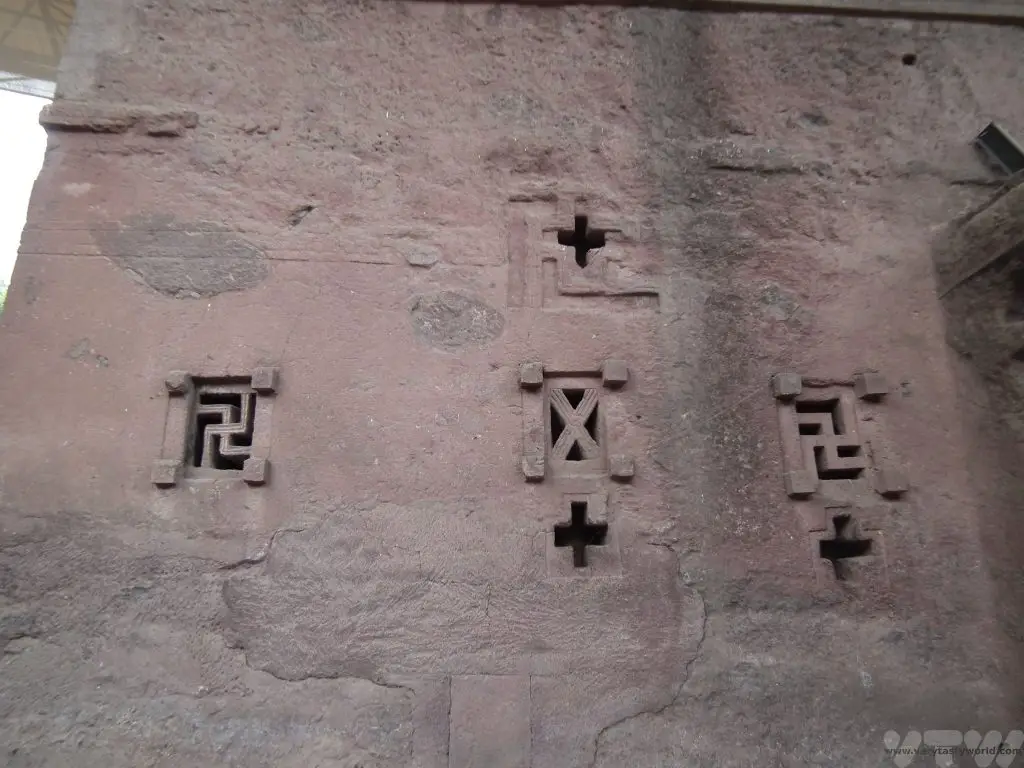
Biete Golgotha Mikael is said to contain the tomb of King Lalibela himself.
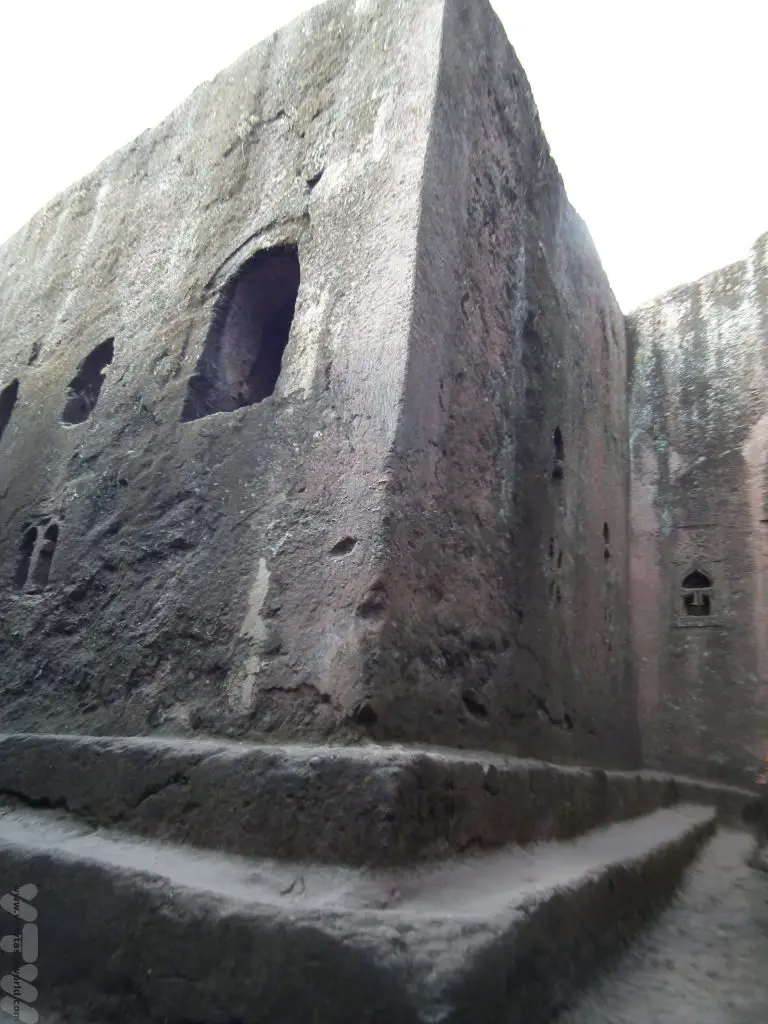
The Eastern Group Of The Lalibela Ethiopia Churches
It is thought that some The Eastern Group may have been used as royal chapels or palaces.
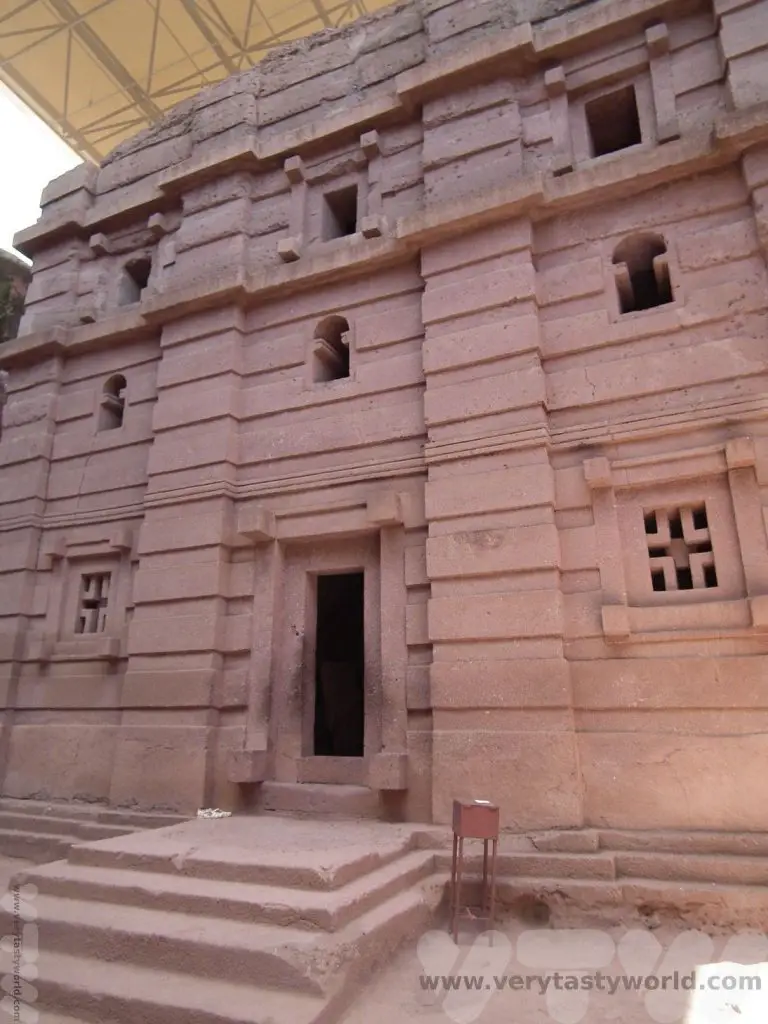
Biete Amanuel (House of Immanuel), possibly the former royal chapel.
At Biete Abba Libanos you can see how the church was carved downwards from inside the rock.
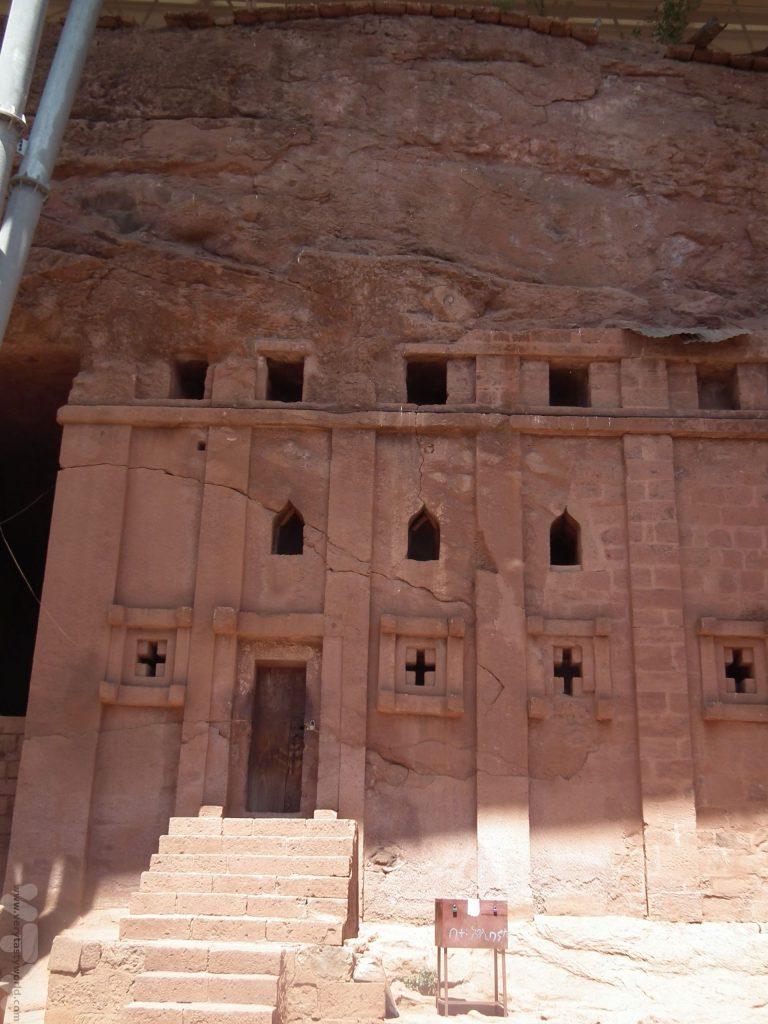
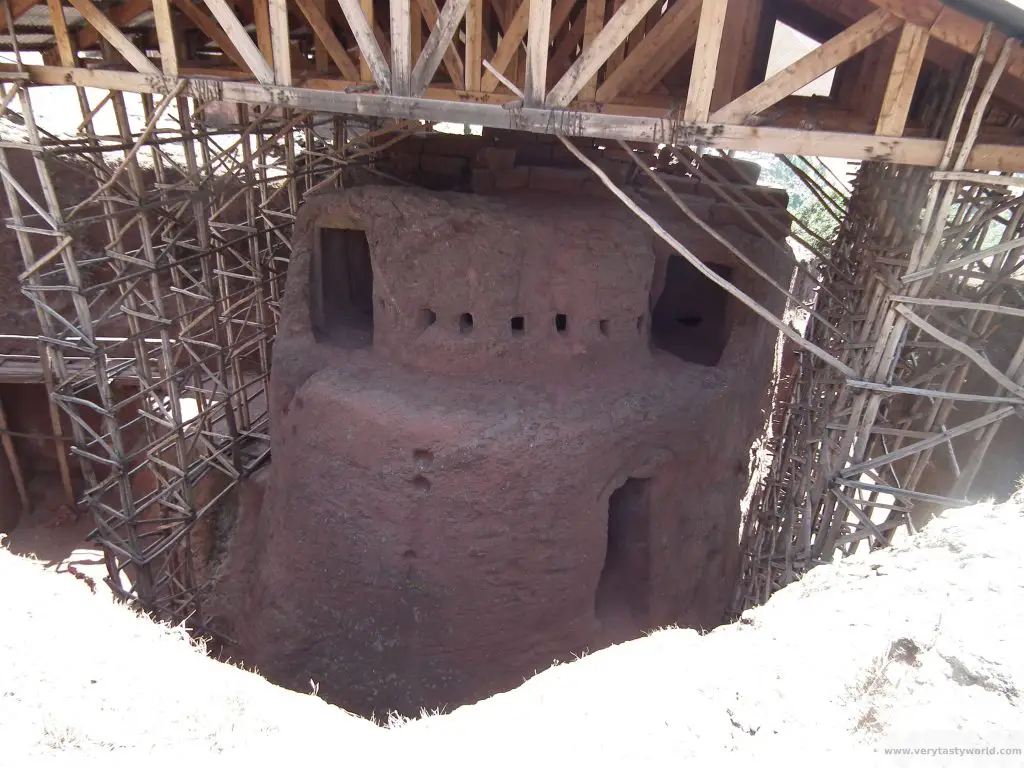
Biete Lehem is the house of bread.
The Western Group Of The Lalibela Ethiopia Churches
Last, but by no means least, Biete Ghiorgis, the church of St George, which takes a cruciform shape, and is the most beautiful of the churches.
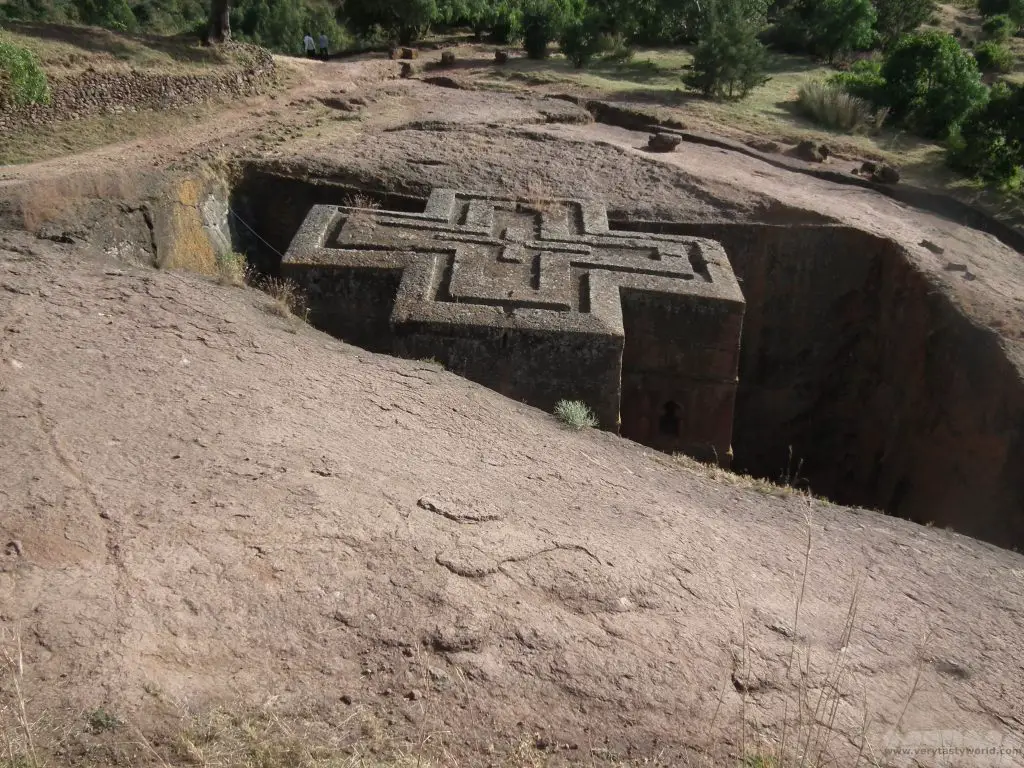
You cannot see it on your approach, so well is it hidden. (Actually you have to be careful not to fall into the courtyard.)
It also appears to be totally inaccessible but there is a passageway carved into the rock behind the church and you walk through a tunnel to arrive at the main entrance.
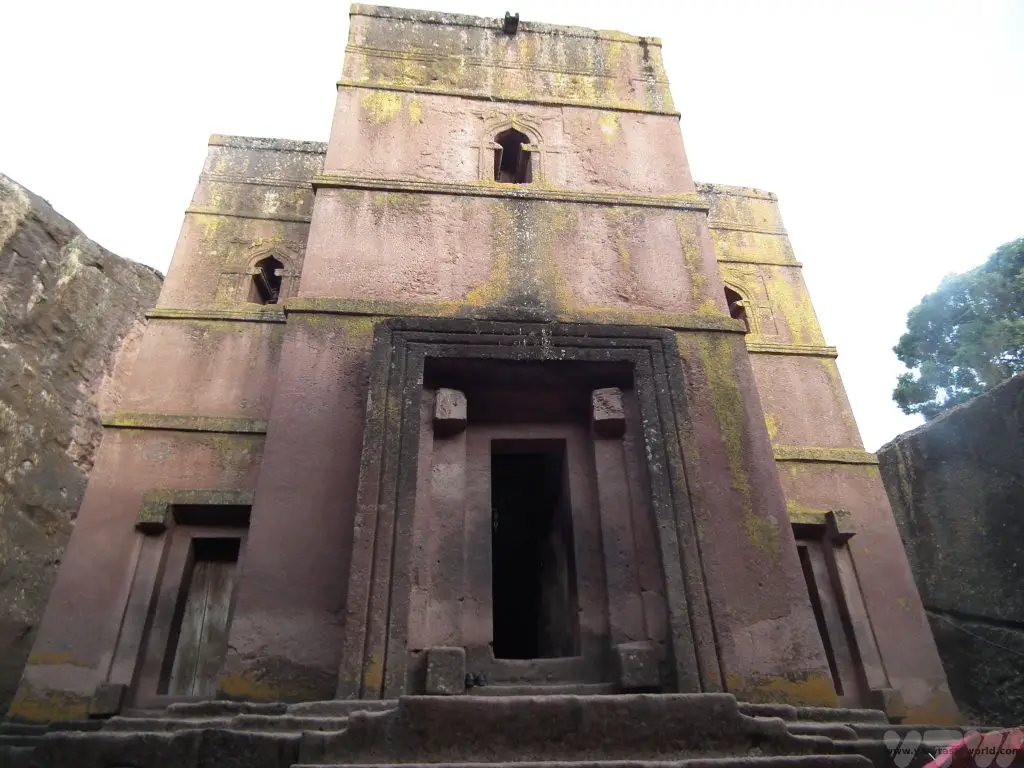
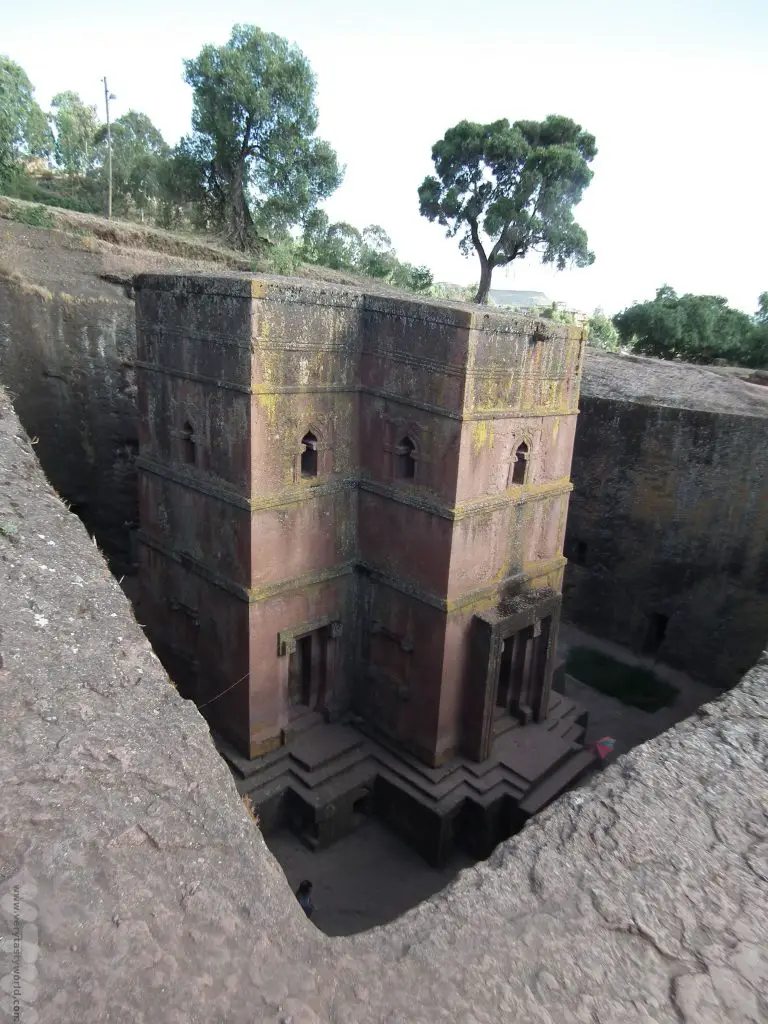
Day Trip from Lalibela
While you’re in the area, it’s also possible to visit Yemrehanna Kristos which is located around 20km from Lalibela. This would make for a pleasant morning or afternoon trip.
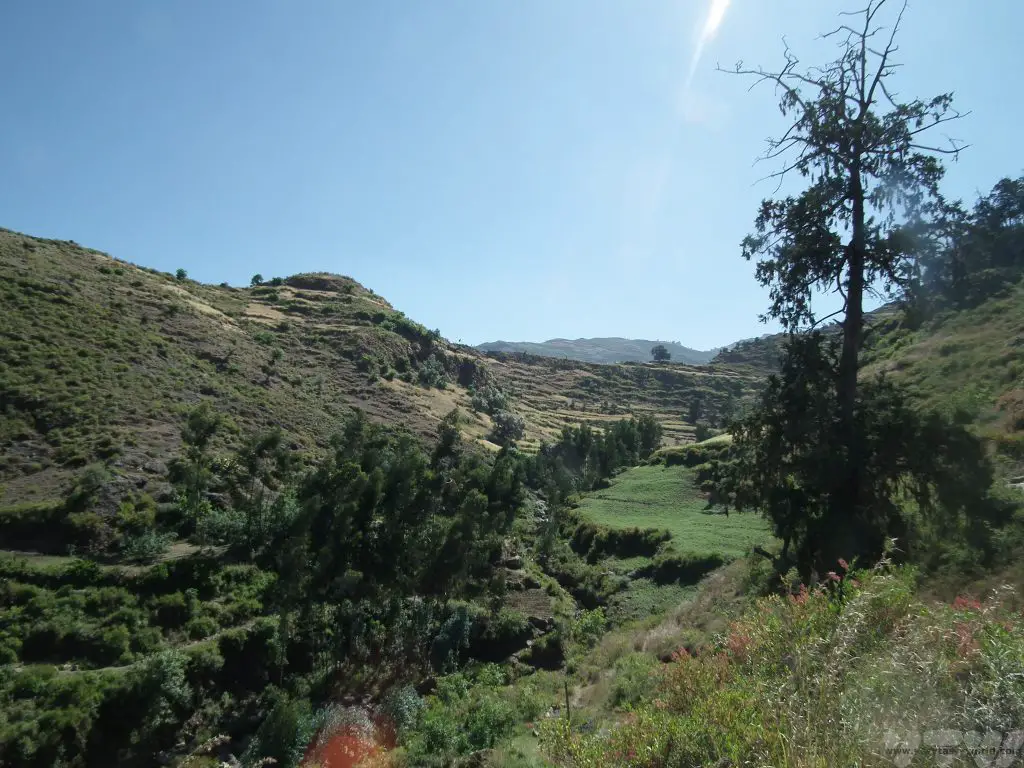
The church here is built inside a large cave on Mount Abuna Yosef. The church is named for Ethiopian king Yemrehana Krestos who reigned in the 11th Century.
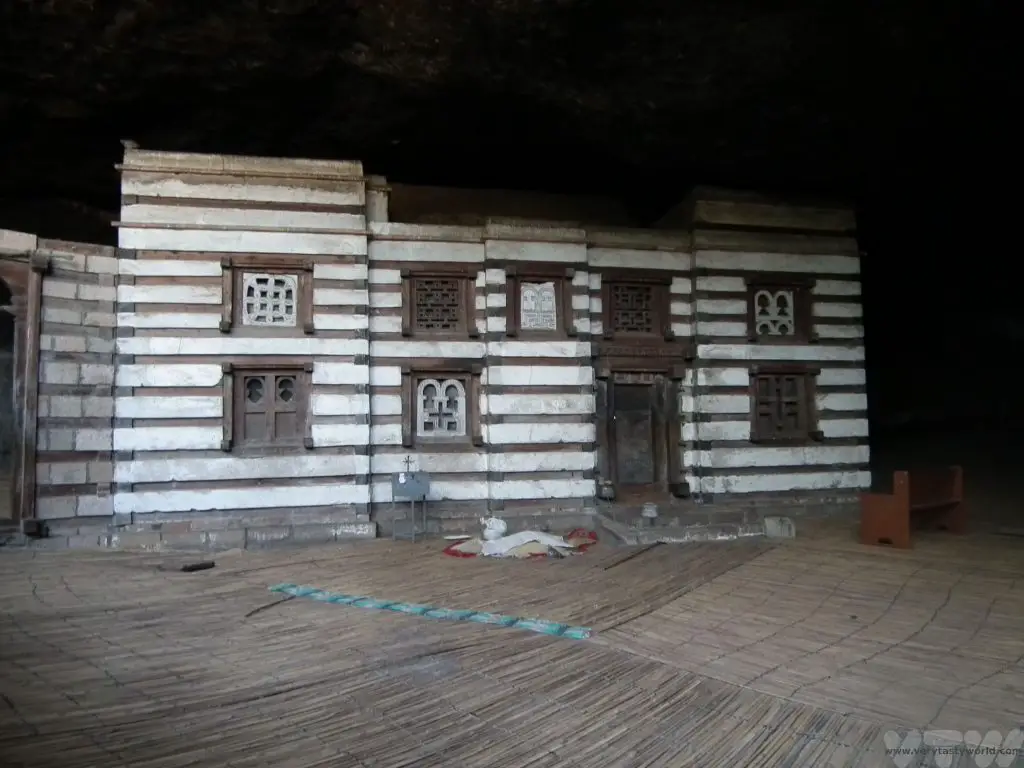
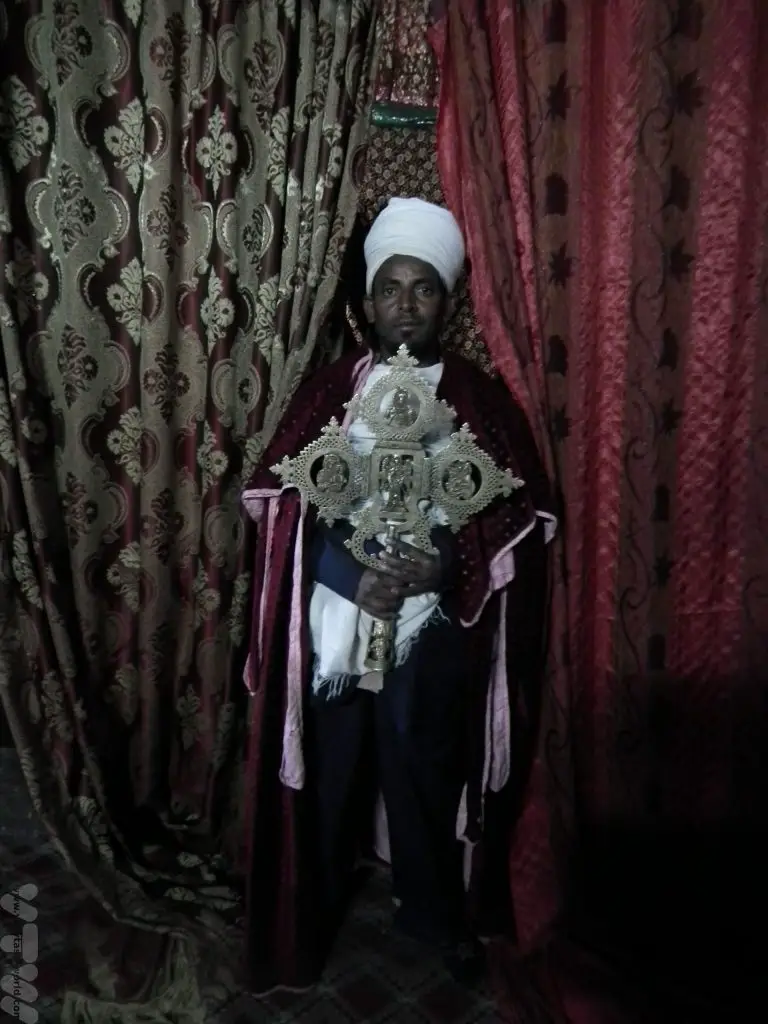
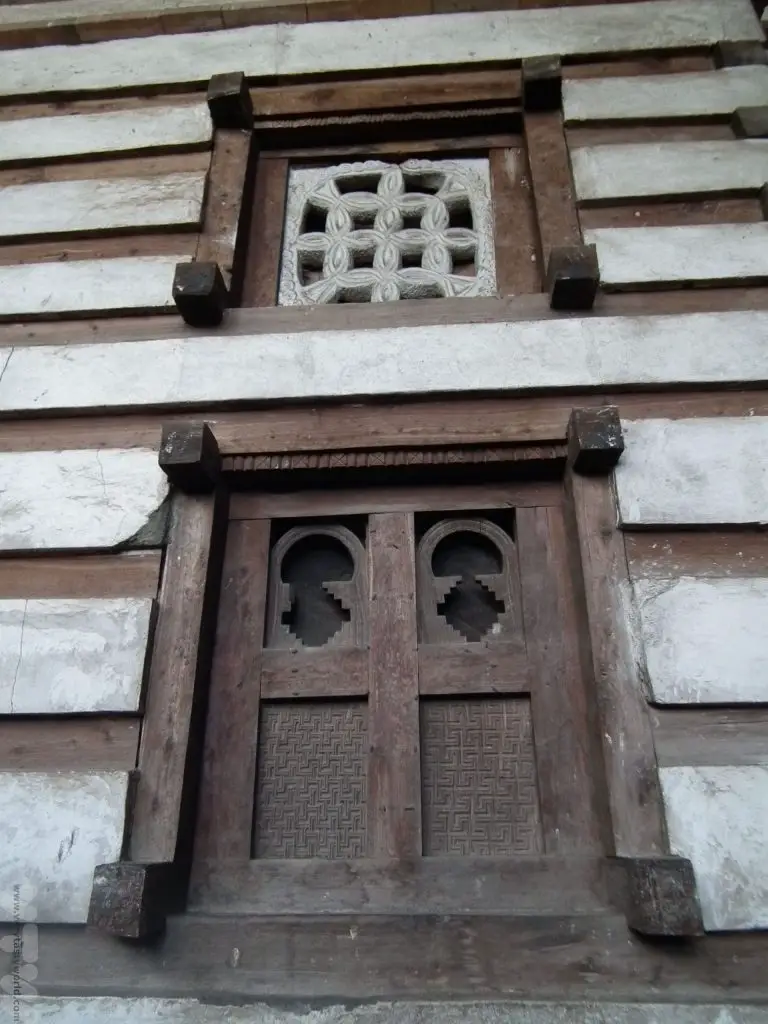
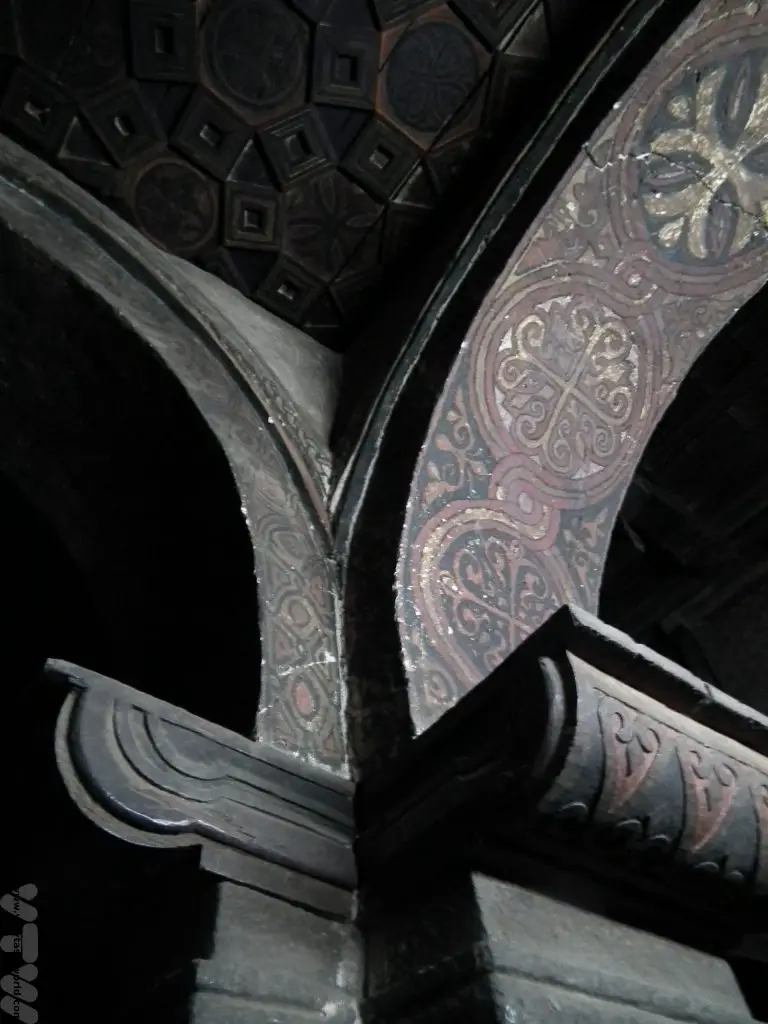
The area is known for its honey. There is a legend that Gebre Mesqel Lalibela was surrounded by a swarm of bees shortly after his birth. Apparently his mother believed it to be a sign of his future greatness. Whether the legend is true or not, make sure you get to taste the local honey, it is absolutely delicious.
And if you want a tip for a good restaurant at the end of the day’s sightseeing you can’t go wrong with Ben Abeba. The building has a highly unusual design and you can either sit indoors or outside – we recommend the latter as there are some splendid views, especially if you time your visit for sunset. The food on offer is slightly unusual – of course, you can have Ethiopian food, but somewhat surprisingly there are a number of Scottish dishes on the menu! The restaurant is run by a very friendly Scots lady who now lives in Lalibela.
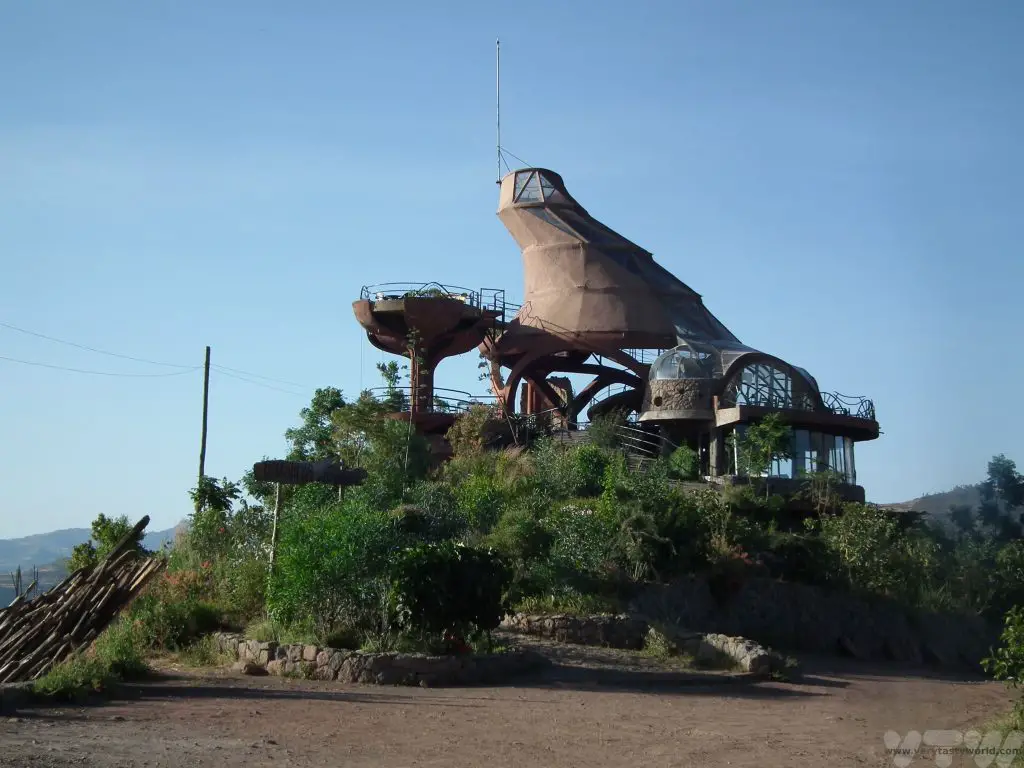
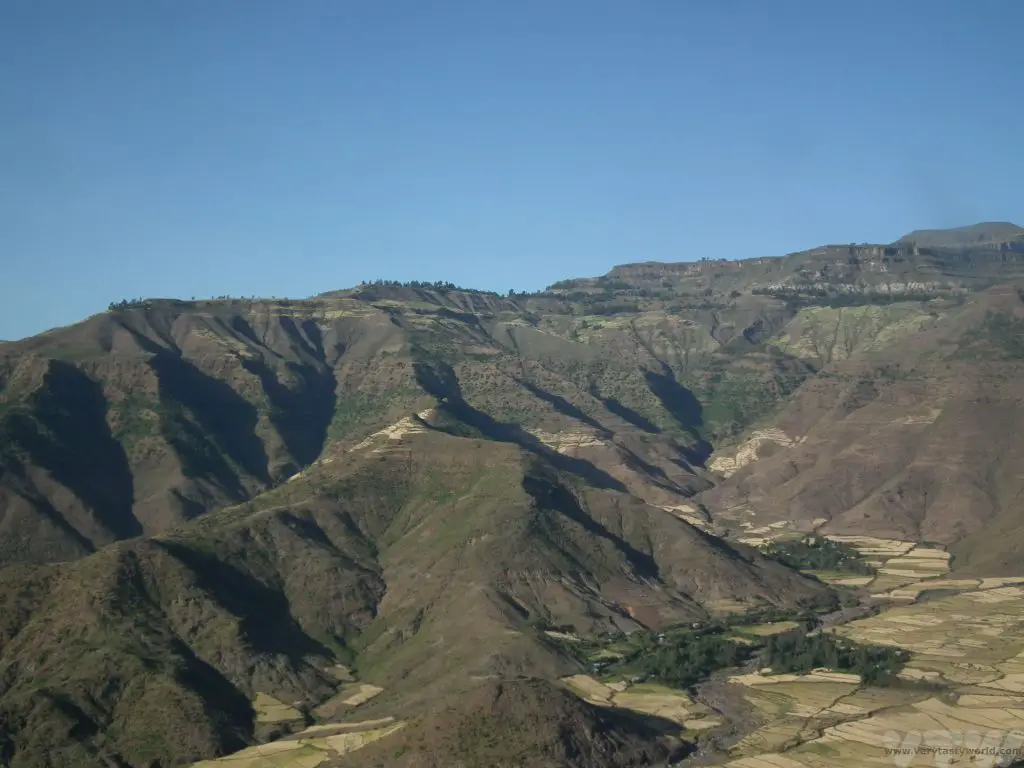
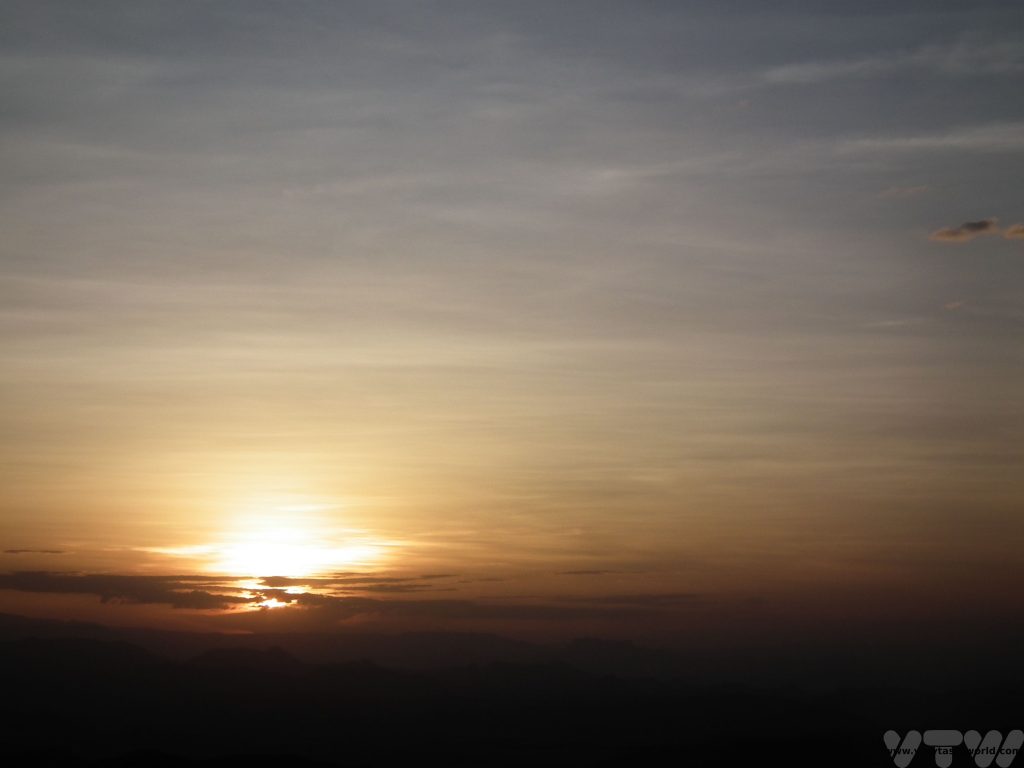
You can explore the Lalibela churches online via The Zamani Project who can offer several digital tours, including maps, photos, panoramas and 3D models of the site.

Wild and Desolate: Namibia’s Skeleton Coast
Namibia is a perfect country for a fly-drive holiday. The roads are wide and, outside the towns and cities, virtually empty, which makes for remarkably easy driving. You can drive for thousands of kilometres across spectacular scenery, encounter amazing wildlife and even take yourself on safari. You don’t even need a 4WD, we hired a saloon car which was just perfect. Many of the roads are constructed of gravel so it’s advisable to pack a spare tyre (or two) just in case you get a puncture. If you do get a puncture you can be sure that any passers-by will stop to help you fix it but you can’t guarantee that you will encounter a passer-by. We visited Namibia before SatNavs were widely used so we navigated with old-fashioned map. When we got hold of our map of the entire country it seemed surprisingly basic – just showing the main roads. But we soon discovered that the map was definitely detailed enough for travelling vast distances as there are very few roads. The map also helpfully pinpointed the location of petrol stations. We made a point of topping up the tank at every opportunity – our car had good fuel economy but distances are long and you really don’t want to run out of petrol.
One region that we particularly wanted to explore was the Skeleton Coast, the western coastline where the Namib desert meets the South Atlantic. It is a place that is truly wild and lives up to its name – where the skeletons of animals and shipwrecks are scattered across the sandy beaches. The coastline is incredibly long and large parts of it totally inaccessible. From Swakopmund we drove north as far as it was possible to drive.
And at either end we ate our most and least decadent meals, two nights apart.
We had driven to Swakopmund from Windhoek via the amazing red sand dunes of Sossusvlei and spent a couple of days there, having a great time taking part in all sorts of adventuresome activities – you can parasail, go hot-air ballooning, ride the dunes on quad bikes or even go along the coastline to Walvis Bay and kayak with seals. There are loads of tour operators in town that offer activities and you can make bookings with them directly. Some activities, such as the hot-air ballooning need some notice, for others you can just roll up on the day.
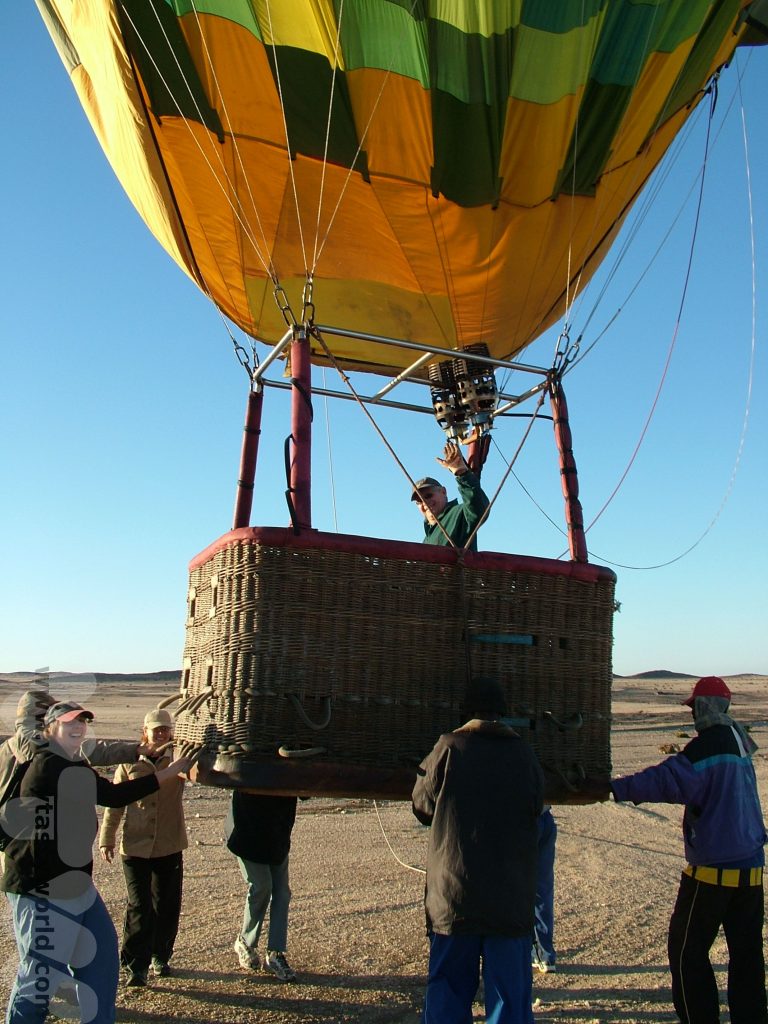
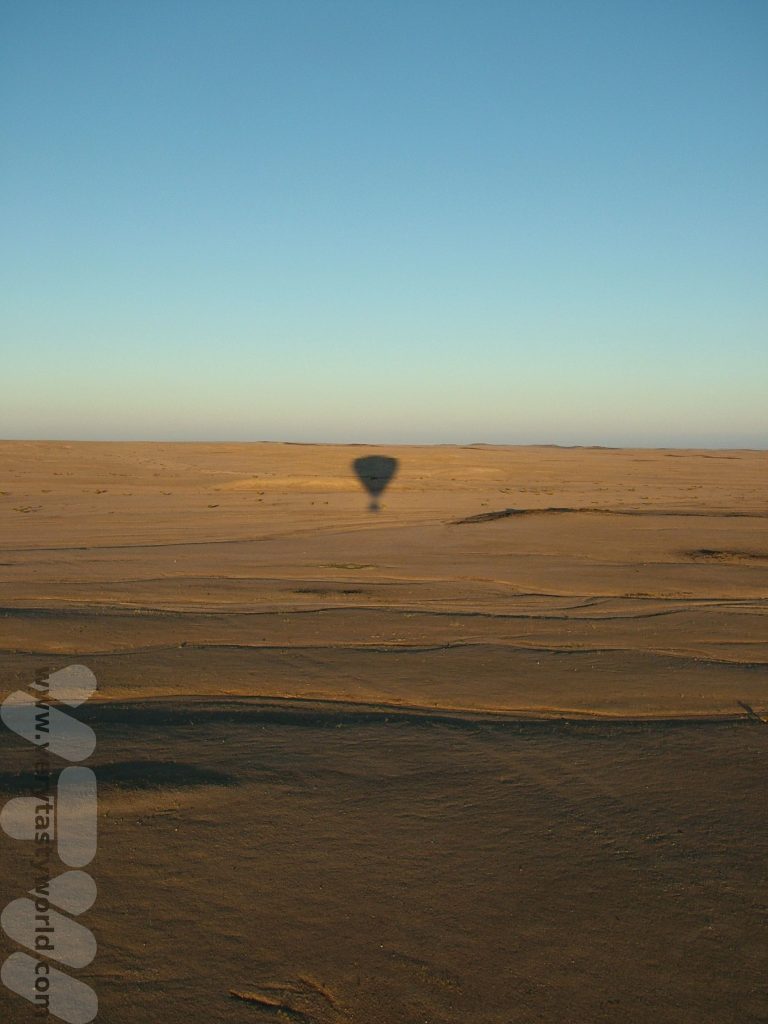
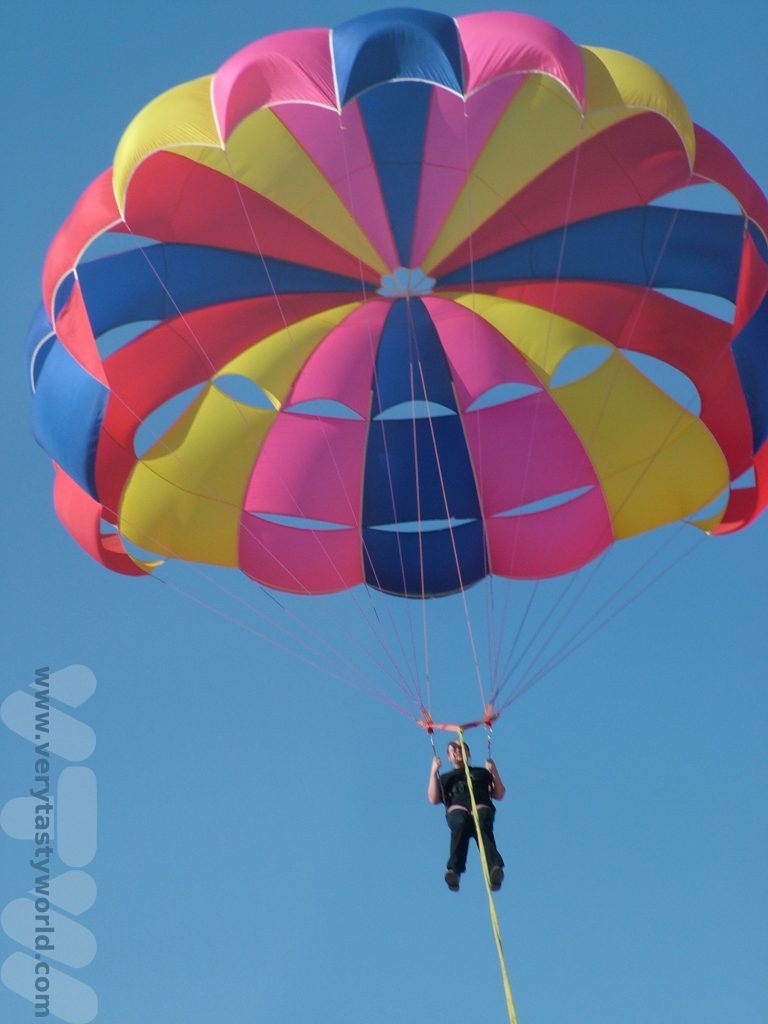
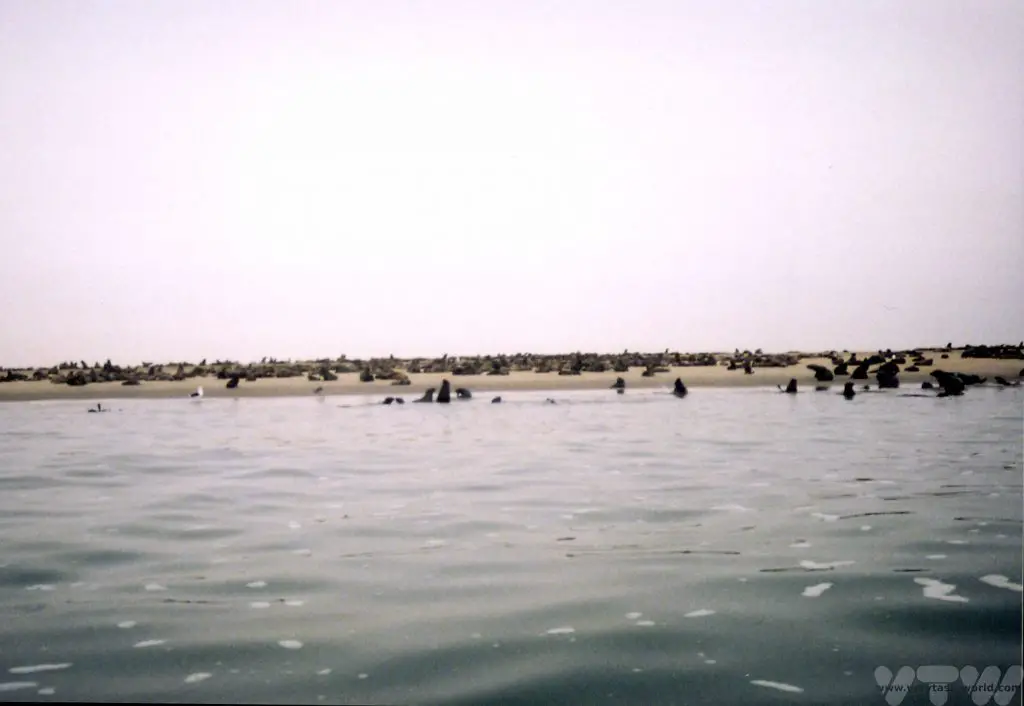
Swakopmund is the largest town on the coast, it’s small and friendly and bears an influence of German colonial architecture. We had our most decadent meal in this town. The Tug restaurant is located on a jetty right on the coastline and, as its name suggests, was constructed around a tug -boat – a Danie Hugo to be precise. Being right on the coast, naturally the restaurant specialises in seafood. And you can look out to the Atlantic as you dine.
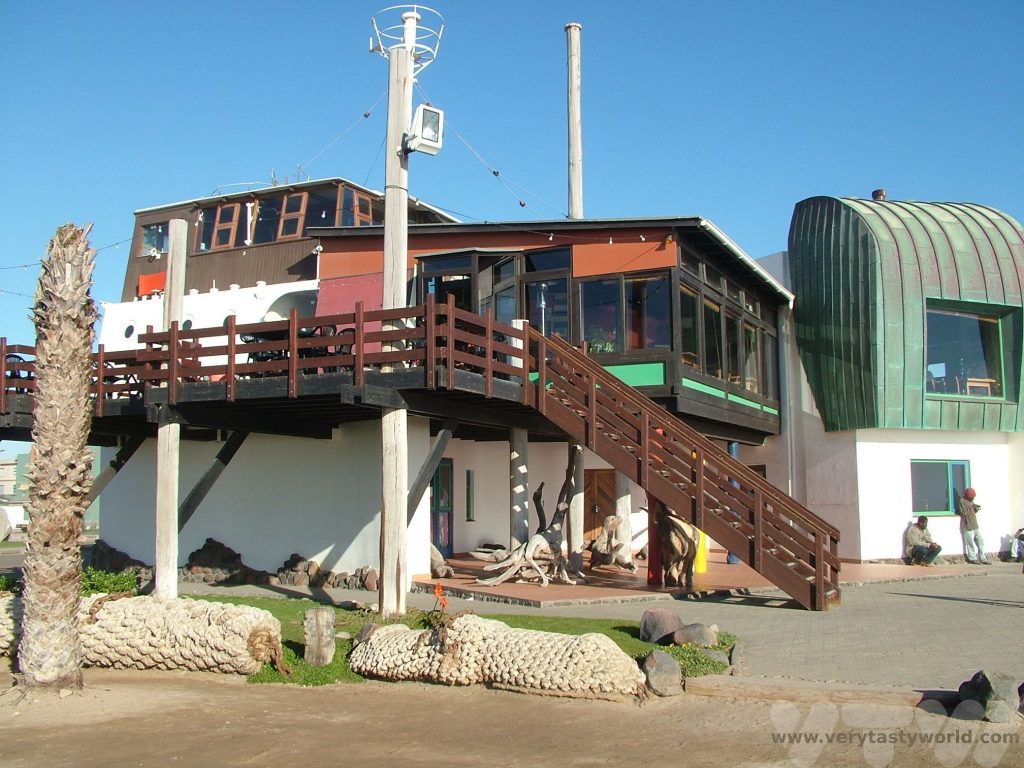
We ordered a sharing dish – the seafood extravaganza: rock lobsters, kabeljou and kingklip fillets, juicy prawns cooked in their shells and the softest melt-in-the-mouth calamari we had ever eaten. All washed down with a crisp white wine. We visited some years ago and a quick glance at the most recent menu online reveals a slightly different offering to the one we dined on but it’s lovely that an indulgent seafood feast is still available.
We left Swakopmund early the next morning as we had a long drive ahead of us. It was going to be a full day’s journey along an isolated gravel road through the Skeleton Coast national park. We passed by the smelly Cape Cross seal colony and onto the park.
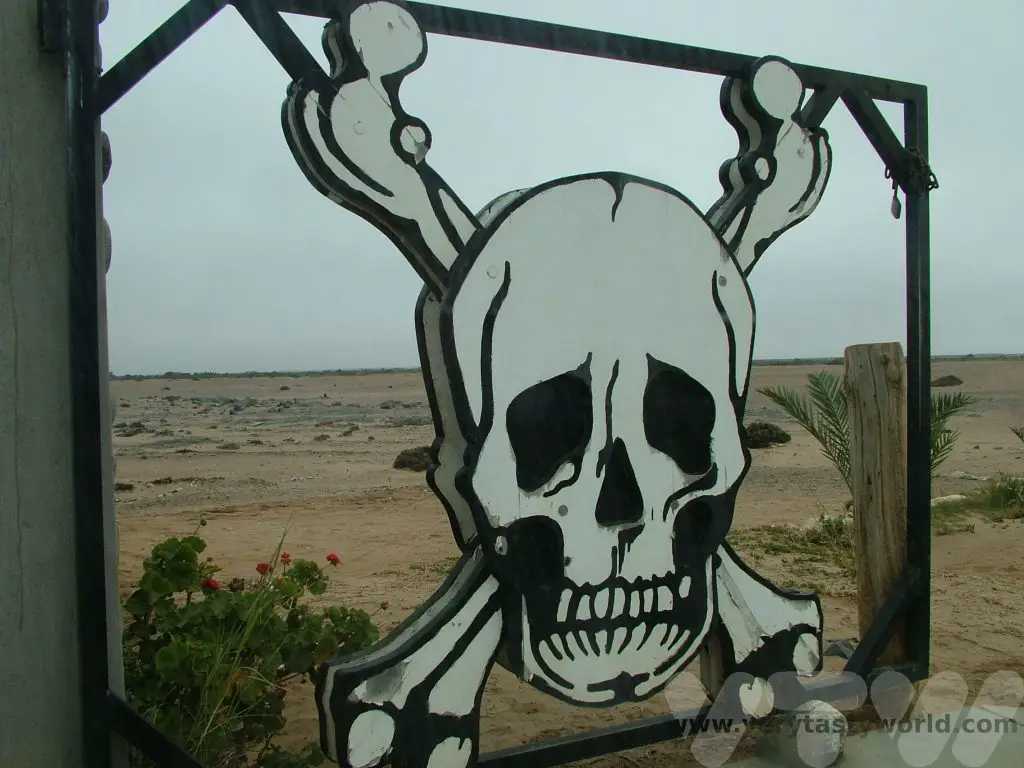
The gates were ominous. You need a permit to enter the park and we had to register our arrival. There are different types of permit – if you plan to stay on the coast you need to obtain an overnight permit.
Once we had entered the park we saw just one other car in the entire day. We didn’t suffer a puncture but were glad that we had spare tyres in the trunk of the car in case we had needed them. We were driving a two-wheel drive car so kept to the road but stopped off at various points along the way to explore the wild, windswept beaches, observing shipwrecks and other skeletons. The area is quite often misty as the heat of the desert hits the cold air above the ocean and it adds to the enigmatic nature of the stark landscape.
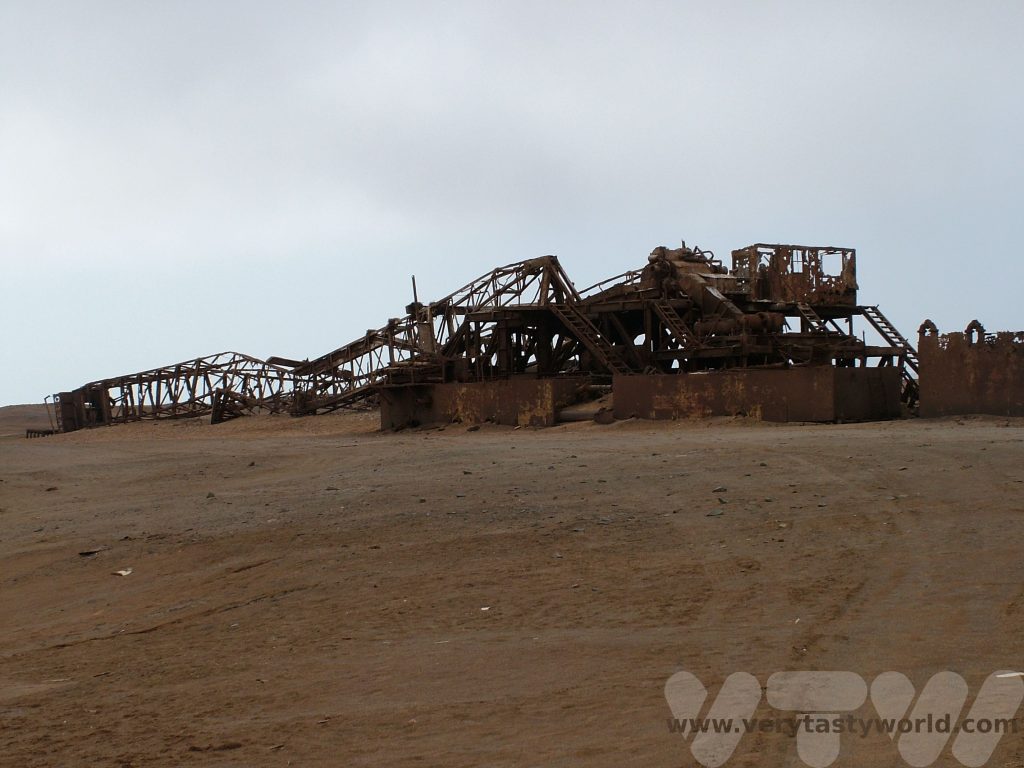
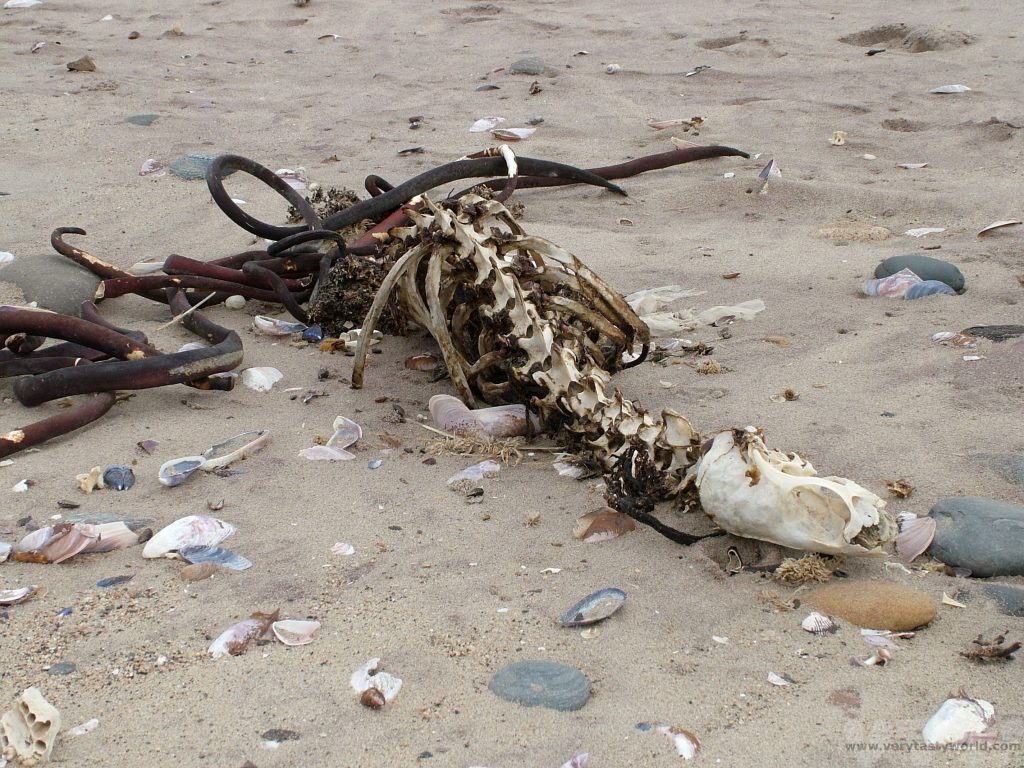
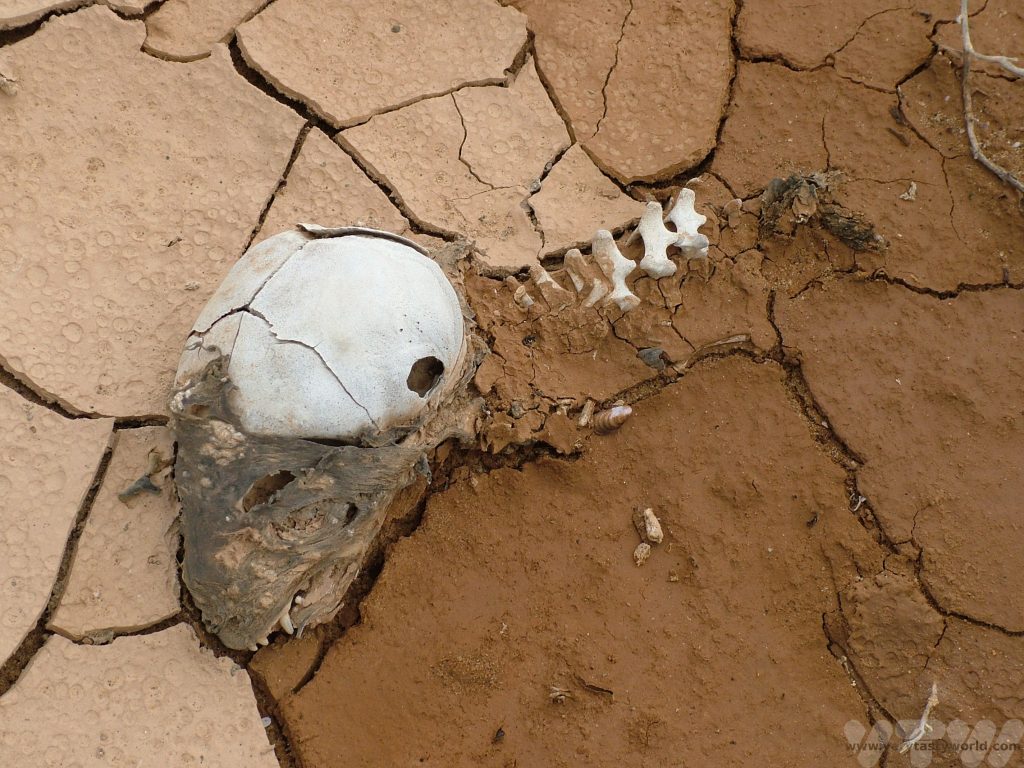
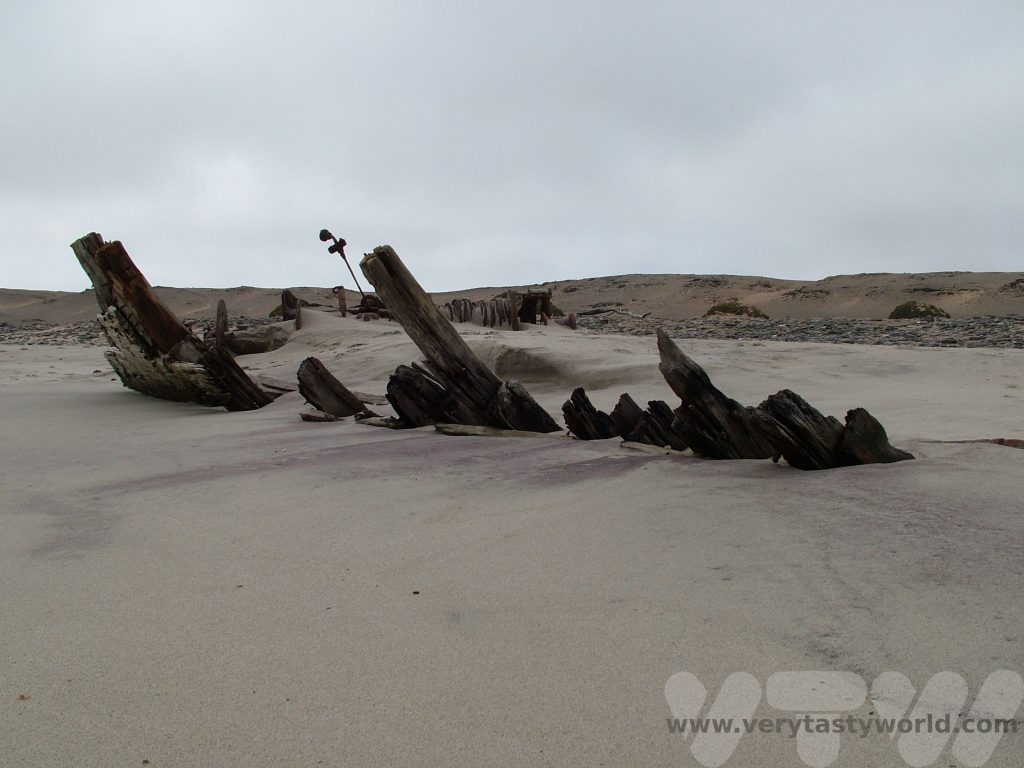
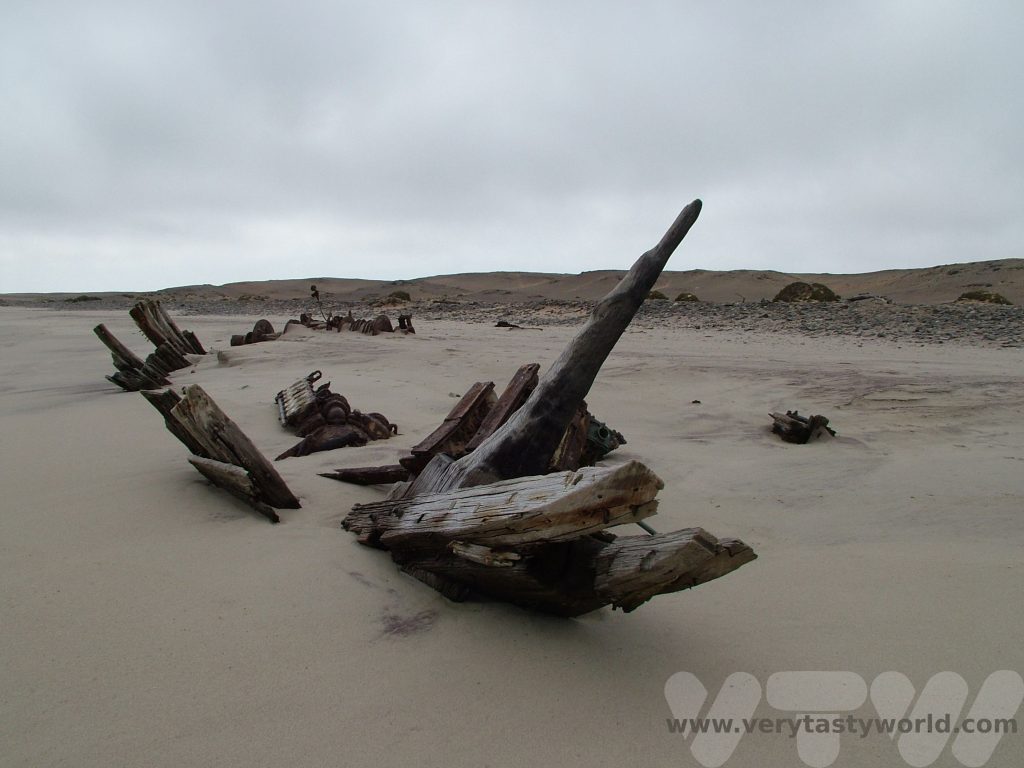
Our final destination was the Terrace Bay resort, near the Uniab River Delta. It’s very remote and popular with anglers but there are things to do if you’re not into fishing. We enjoyed walking along the beach and across the dunes. The accommodation in chalets wasn’t luxurious but was perfectly fine. The car was filthy.
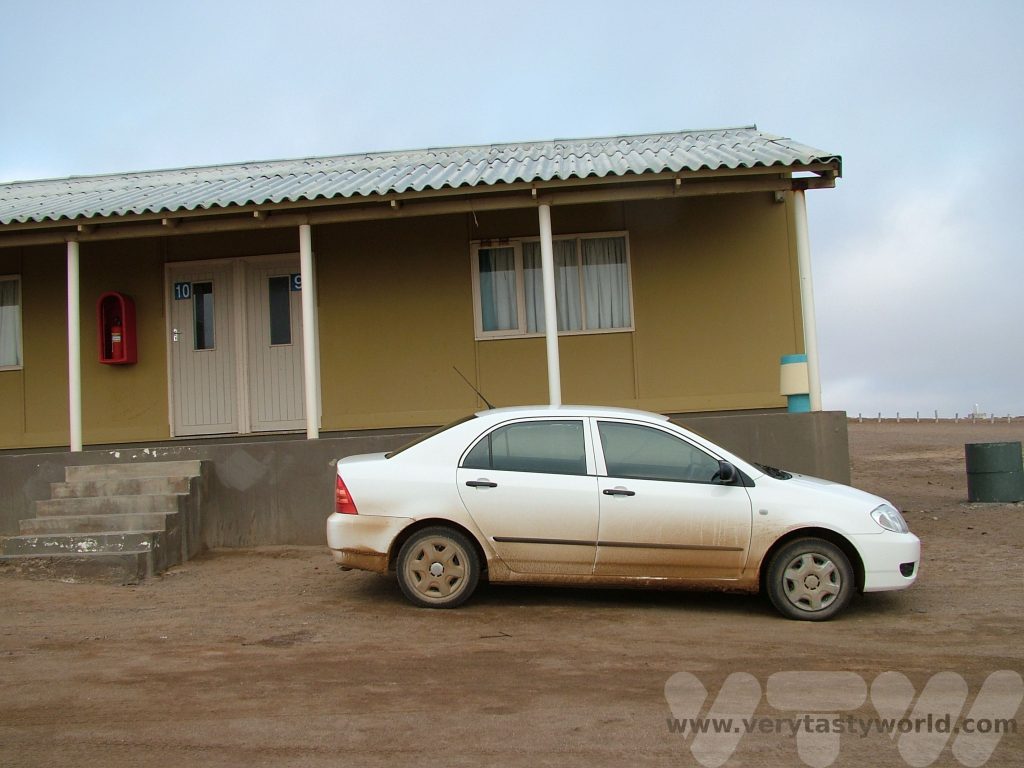
Food was taken in a communal dining hall. Because the area is so remote, we weren’t expecting a brilliant meal. It may have been a far cry from the seafood extravaganza but our dinner was good old fish and chips and they were absolutely great. The dessert in the desert was that 1970s classic, Angel Delight. I have no idea what Angel Delight actually is. It feels like it basically comprises a powder to which you add milk and stir to get a soft, creamy dessert. It was our first Angel Delight in decades and – don’t tell anyone – it was surprisingly good.
It is possible to explore further along the coast but not by car – you would have to fly. After leaving the Skeleton Coast we headed inland towards Damaraland, stopping to admire the famous Welwitschia plant some of which can live to be over a thousand years old, and eventually the Etosha National Park.
